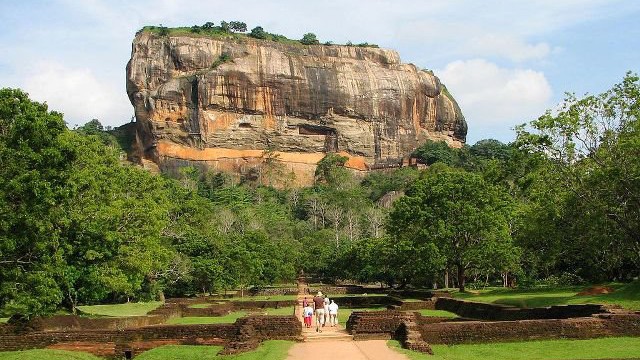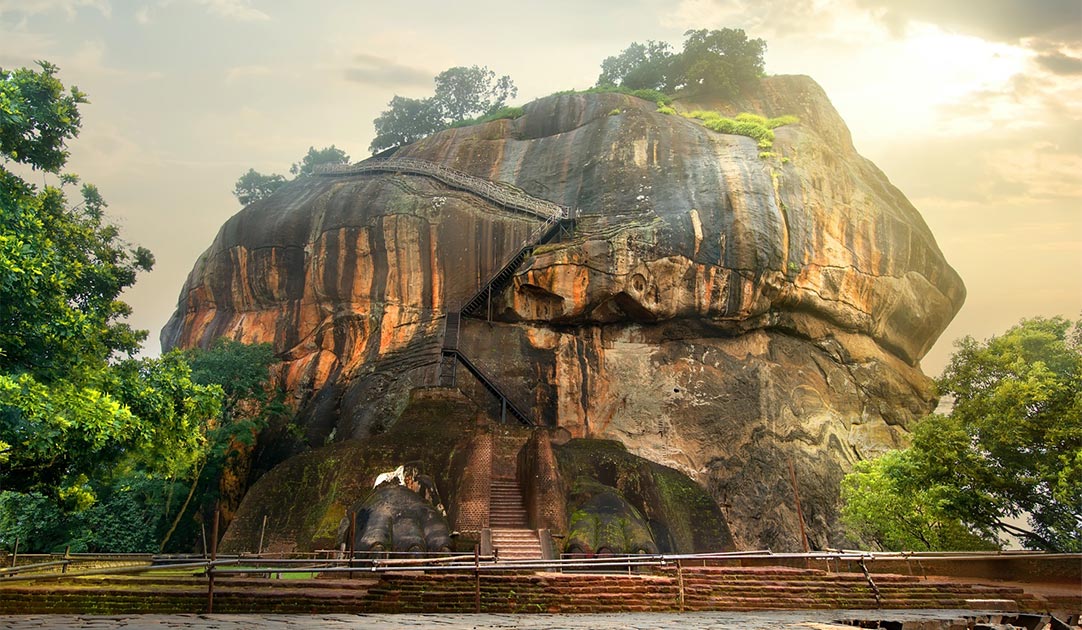Why Sigiriya is fascinating?
Why Sigiriya is fascinating?
As an engineer, I am fascinated by the unique hydrological features of the ancient fortress and palace complex of Sigiriya, located in the central Matale District of Sri Lanka. This site is a remarkable feat of engineering and architecture, built over 1,500 years ago. It is an awe-inspiring wonder of hydrology, featuring a network of water gardens and moats that showcase the sophisticated hydraulic engineering of the ancient world. In this essay, I will explore the hydrological wonders of Sigiriya in detail, highlighting the techniques and innovations used by the ancient engineers to create this stunning site.
Water Features of Sigiriya
The water features of Sigiriya are among the most impressive aspects of this ancient wonder. The site features a complex network of water gardens, moats, and fountains that reflect the ingenuity and skill of the ancient engineers who designed and built them. The water features of Sigiriya served both practical and aesthetic purposes, providing a reliable source of water for the inhabitants of the palace and creating a stunning visual display for visitors.
The water gardens of Sigiriya are a remarkable feature of the site. These gardens are made up of a series of interconnected pools and canals that are designed to collect and circulate water. The water gardens are fed by a system of channels and pipes that bring water from nearby reservoirs and streams. The ancient engineers who built these gardens were able to create a self-sustaining system that provided a continuous supply of water to the palace complex.
The moats of Sigiriya are another impressive feature of the site. These moats were designed to serve both a defensive and aesthetic purpose. The moats were filled with water from the nearby reservoirs, and the water was circulated through a system of channels and sluices. The water in the moats was also used to irrigate nearby fields and gardens, providing a reliable source of water for agriculture.
In addition to the water gardens and moats, Sigiriya also features a number of fountains and water displays. These fountains were designed to create stunning visual displays, with water flowing in intricate patterns and designs. The fountains were powered by a system of pumps and water wheels, which were operated by the flow of water from the nearby reservoirs.
Hydraulic Innovations of Sigiriya
The water features of Sigiriya are a testament to the ingenuity and skill of the ancient engineers who designed and built them. These engineers were able to create a sophisticated hydraulic system that provided a reliable source of water for the palace complex and created stunning visual displays for visitors.
One of the most innovative aspects of the hydraulic system at Sigiriya was the use of gravity to transport water. The site is situated on a hill, and the engineers were able to use the natural slope of the land to create a system of channels and sluices that transported water from the nearby reservoirs to the water gardens and moats. This system relied on the force of gravity to move the water, and it was able to operate without the need for pumps or other mechanical devices.
Another innovation of the hydraulic system at Sigiriya was the use of water pumps to power the fountains and other water displays. The engineers at Sigiriya were able to create a system of pumps and water wheels that were powered by the flow of water from the nearby reservoirs. This system allowed the engineers to create stunning visual displays of water, with fountains and water displays that were powered solely by the force of water.
Finally, the engineers at Sigiriya were able to create a self-sustaining system of water management that relied on the natural resources of the surrounding landscape. The engineers were able to collect and store water from the nearby streams and reservoirs, and they were able to use this water to irrigate nearby


Comments
Post a Comment